Google has introduced NotebookLM, an experimental AI tool that helps people create podcasts and audio content directly from text. Unlike traditional methods, users do not need microphones, soundproof rooms, or editing skills.
NotebookLM uses Google’s advanced AI models to turn written notes into realistic voices, making podcast creation accessible for everyone. As of 2025, more than 5 million podcasters exist globally, and tools like NotebookLM aim to make podcasting even more inclusive.
- Creating Your Podcast
- Why Podcasting Without a Mic Matters
- How Does NotebookLM Work?
- Features of NotebookLM’s AI Audio Generator
- Performance and Realism: How Good Are the Voices?
- Benefits of Using NotebookLM for Podcasting
- Limitations and Challenges
- Who Can Benefit the Most?
- The Future of AI-Generated Podcasts
- Cost and Accessibility
- Conclusion: A Game-Changer for Content Creators
Creating Your Podcast
Starting a podcast with NotebookLM is simple and beginner-friendly. You do not need technical audio knowledge or professional tools. The process has only a few clear steps, and each step takes just a few minutes. By the end, you can have a complete podcast episode ready to share.
1. Get Started
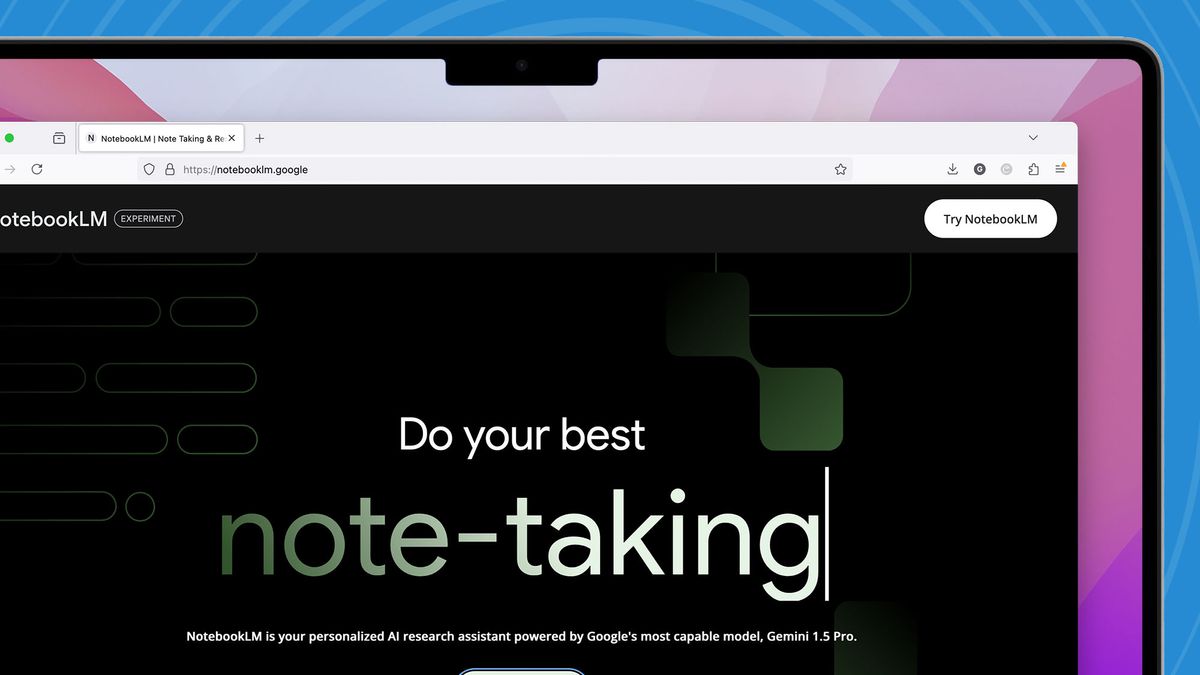
The first step is to sign in to Google NotebookLM using your browser. The interface is clean and beginner-friendly, making it easy to find all the tools you need. You don’t need advanced editing knowledge to begin, just your written notes and a few clicks.
2. Upload Sources
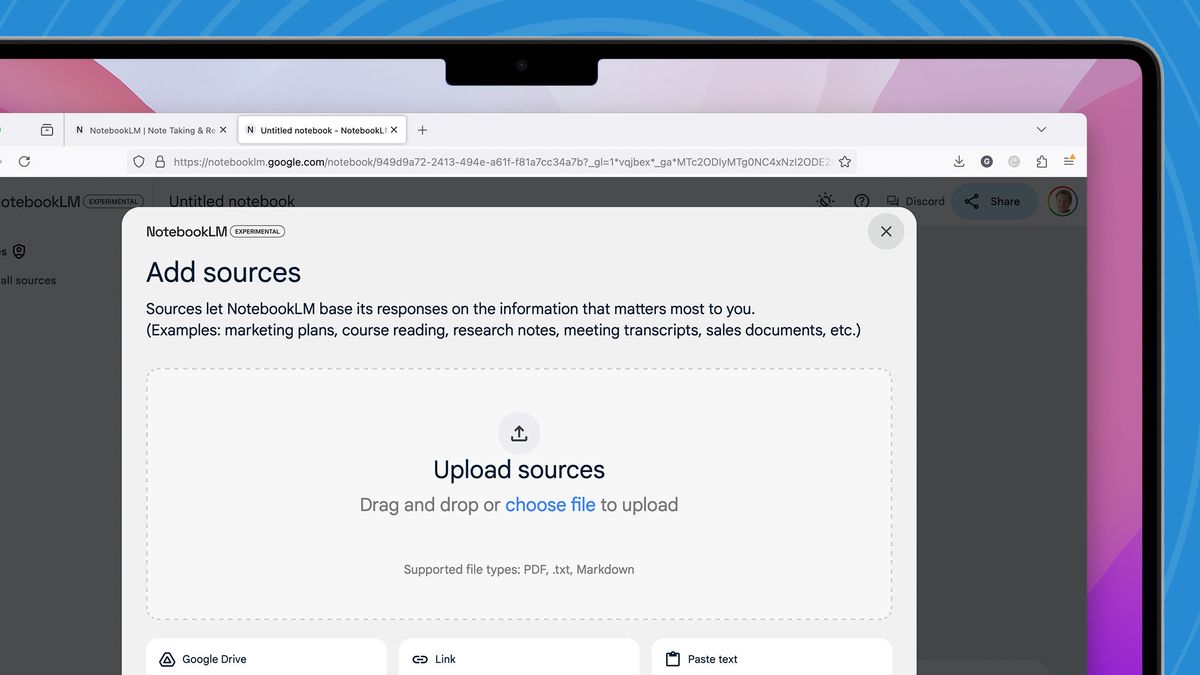
Next, you upload your material this can be lecture notes, research documents, blog posts, or scripts. The AI will use these files as the main source for your podcast content. The better your input, the stronger and clearer the final audio.
3. Add More Sources
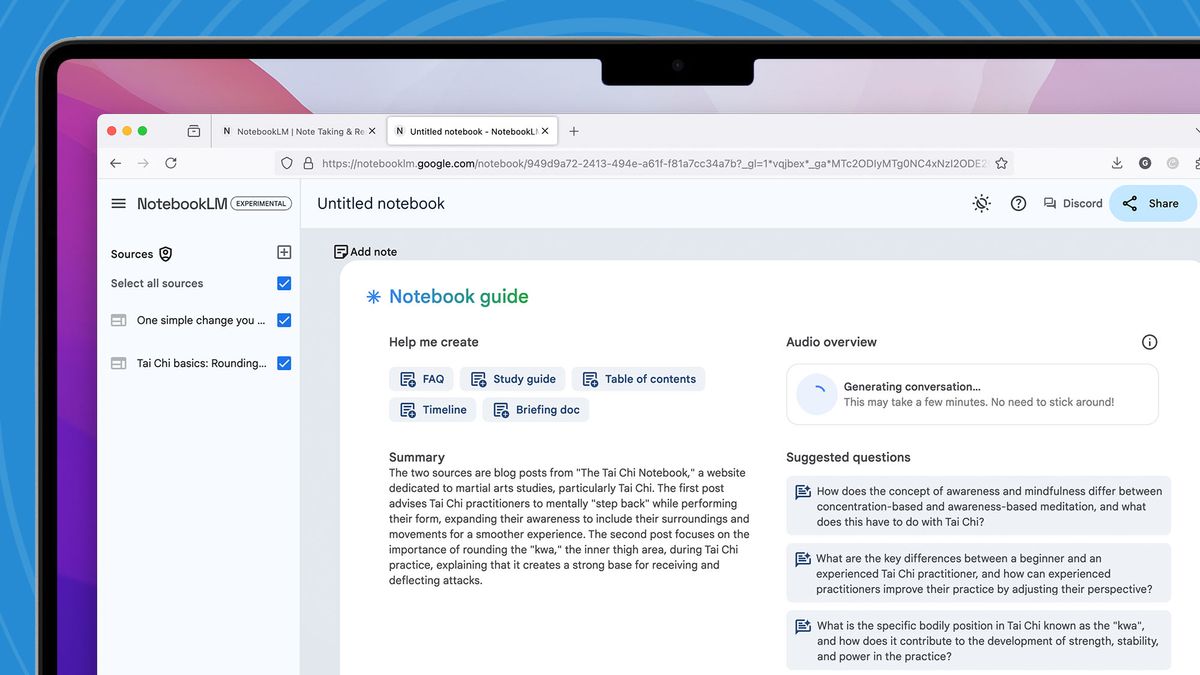
You can also add more supporting documents like PDFs, articles, or web pages. By doing this, NotebookLM can create deeper and more engaging podcast episodes. More sources mean your podcast will sound richer and more informative.
4. Generate Audio

Once your sources are ready, choose a voice style from the available AI narrators. With a single click, the system transforms your text into smooth, natural audio. In less than a minute, you can have a ready-to-listen podcast episode.
5. Have a Listen
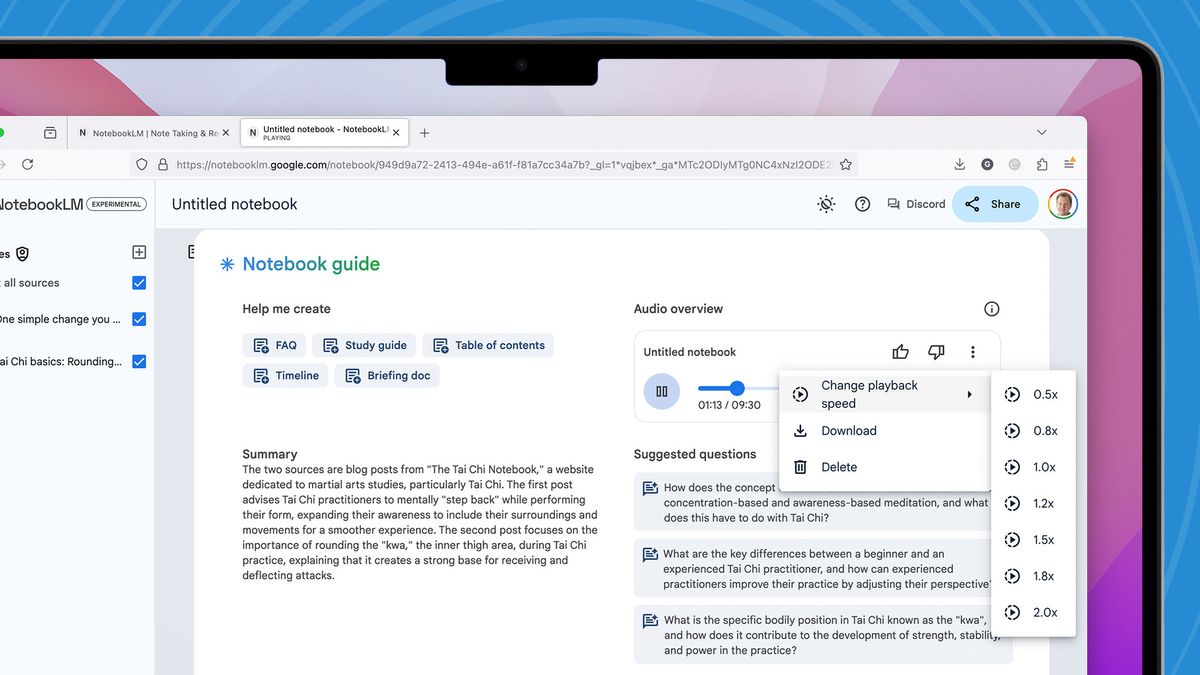
After generating, play back the audio to check how it sounds. If something doesn’t feel right, you can tweak the text or switch to another AI voice. This step ensures your podcast has the tone and clarity you want before sharing.
6. Share with the World
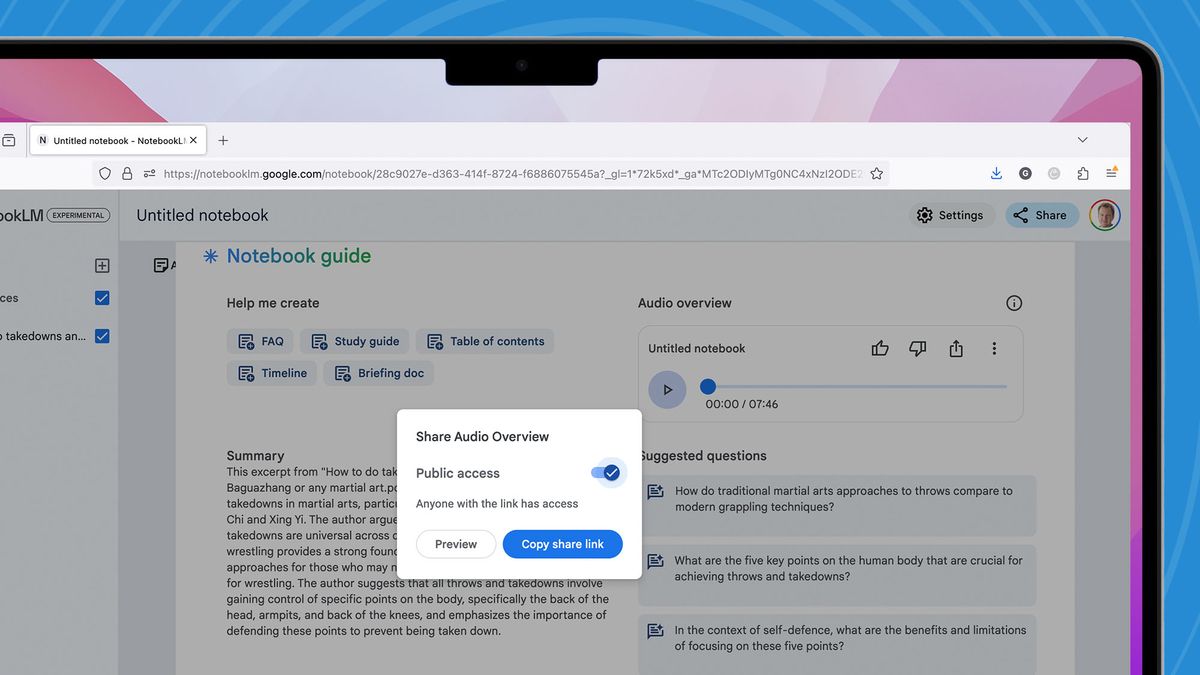
Finally, export the podcast as an MP3 or WAV file. You can upload it to major podcast platforms, share it with students or colleagues, or send it directly to your audience. With NotebookLM, distribution becomes as simple as creation.
Why Podcasting Without a Mic Matters
Traditional podcasting requires expensive equipment such as microphones, mixers, and editing software. For beginners, this can cost anywhere between $300 and $1,000. NotebookLM eliminates this barrier by using AI-generated audio. This is especially useful for:
- Students who want to share study notes
- Teachers creating educational podcasts
- Businesses producing branded audio content
- Writers converting blogs into podcasts
By removing technical barriers, NotebookLM empowers more voices to be heard.
How Does NotebookLM Work?
NotebookLM is designed to be user-friendly. You start with text, and the AI takes care of the rest. Here’s how the process works:
- Input Your Text – Paste or upload notes, scripts, or documents into NotebookLM.
- Select Voice Options – Choose from multiple AI-generated voices with different tones.
- Generate Audio – The AI converts the text into natural-sounding speech.
- Download or Share – Save the audio as a podcast file or share it directly.
This process makes it possible to create a polished podcast episode in minutes.
Features of NotebookLM’s AI Audio Generator
Google has packed NotebookLM with several smart features:
- Realistic Voices – AI voices sound close to human narrators.
- Multilingual Support – Users can generate podcasts in multiple languages.
- Automatic Summaries – The AI can shorten long documents for easier listening.
- Easy Integration – Files can be shared to Google Drive or other platforms.
- Podcast-Ready Format – Export files directly in MP3 or WAV formats.
Performance and Realism: How Good Are the Voices?
One of the biggest questions about AI audio is realism. According to early testers, NotebookLM’s voices sound 90–95% human-like, with natural pauses and emotions. Google uses deep neural networks to train voices with realistic speech patterns.
Comparison Table: AI Voices vs Human Recording
| Feature | AI Voice (NotebookLM) | Human Voice |
|---|---|---|
| Cost | Free or low-cost | $50–$200/session |
| Time to Produce | Minutes | Hours to days |
| Editing Required | Minimal | Heavy editing |
| Emotional Range | Good (but limited) | Very wide |
| Accessibility | High | Medium |
Benefits of Using NotebookLM for Podcasting
The tool is not just convenient it changes how creators approach content.
Key benefits include:
- Cost Savings – No need for expensive gear.
- Speed – Episodes can be created quickly.
- Accessibility – Helps people with speech difficulties share ideas.
- Scalability – Businesses can produce large volumes of podcasts easily.
For example, an educator could turn weekly lesson notes into a podcast series without ever recording audio manually.
Limitations and Challenges
While NotebookLM is powerful, it also has limitations:
- Voice Variety – Limited compared to hiring voice actors.
- Emotion Depth – Still less expressive than humans.
- Dependence on Google’s Platform – Users need internet access.
- Content Originality – AI audio may sound too similar if many people use the same voice models.
Despite these challenges, Google is expected to improve the service as more feedback is collected.
Who Can Benefit the Most?
NotebookLM is useful for a wide range of users:
- Students & Researchers – Turning notes into podcasts for easy review.
- Educators – Making lessons available as audio.
- Writers & Bloggers – Repurposing content into podcasts.
- Businesses – Creating training or marketing podcasts.
- Content Creators – Expanding into audio without investing in equipment.
The Future of AI-Generated Podcasts
AI audio generation is expected to grow quickly. According to Statista, the global podcasting market is projected to reach $30 billion by 2030. With tools like NotebookLM, entry barriers are shrinking. Google may soon add advanced features such as:
- Voice cloning for personalized podcasts
- Integration with YouTube and Spotify
- Collaborative features for group projects
- Real-time audio translation
This indicates that AI-generated podcasts will likely become a mainstream option in the coming years.
Cost and Accessibility
Currently, NotebookLM is available as part of Google Labs in selected regions. It is free during the testing phase, but Google may later introduce subscription models.
Possible pricing model (expected):
- Free plan with limited features
- Premium plan at $10–$15/month
- Business plan with advanced collaboration tools
If priced reasonably, NotebookLM could become a standard tool for creators worldwide.
Conclusion: A Game-Changer for Content Creators
NotebookLM shows how AI is transforming content creation. By allowing anyone to generate podcasts without a microphone, Google is lowering the barriers to entry for millions of voices. Whether you are a student, teacher, or professional, NotebookLM can turn your text into a professional-sounding podcast in minutes. While it may not fully replace human voice actors, it represents an exciting step toward making podcasting more accessible, affordable, and innovative.
